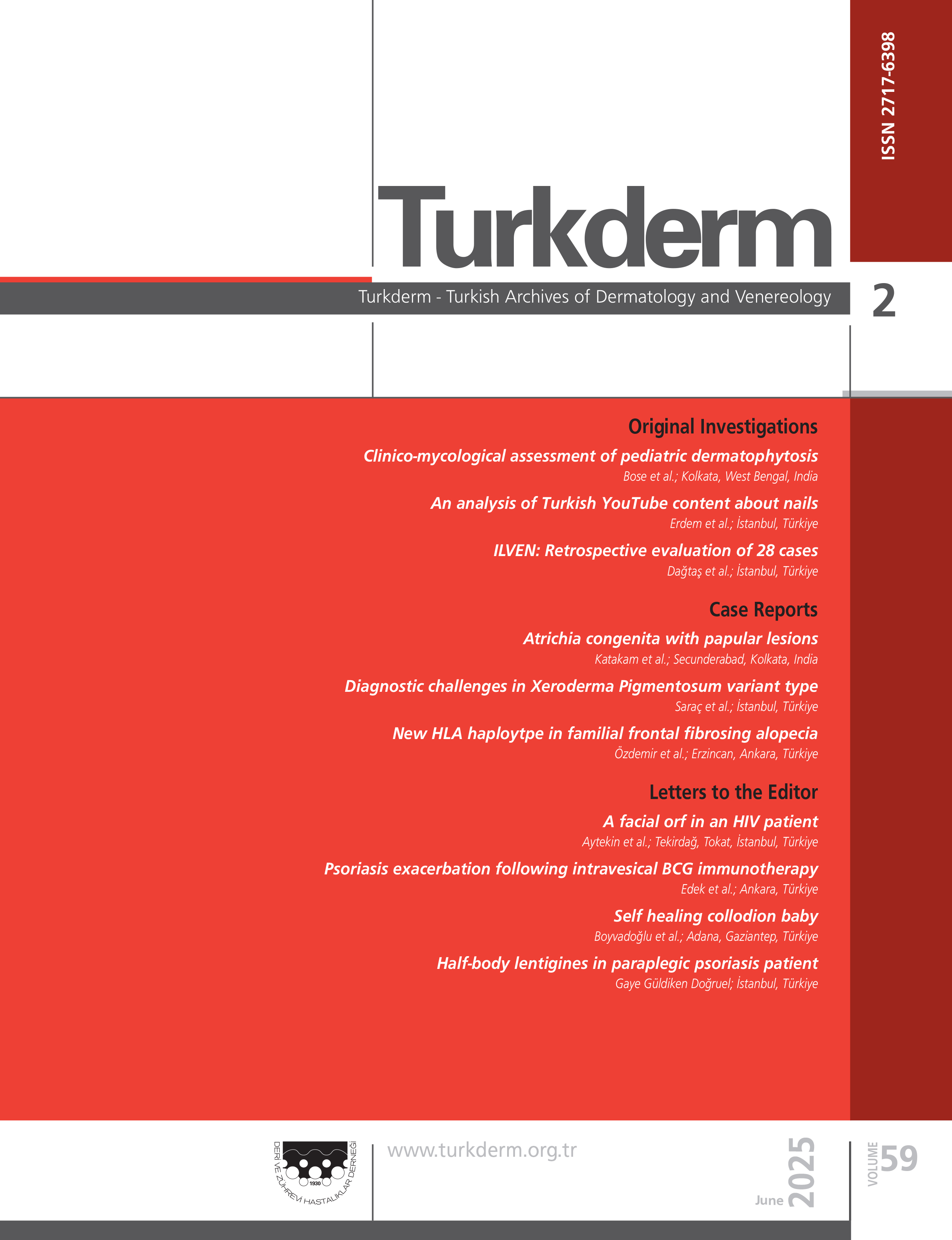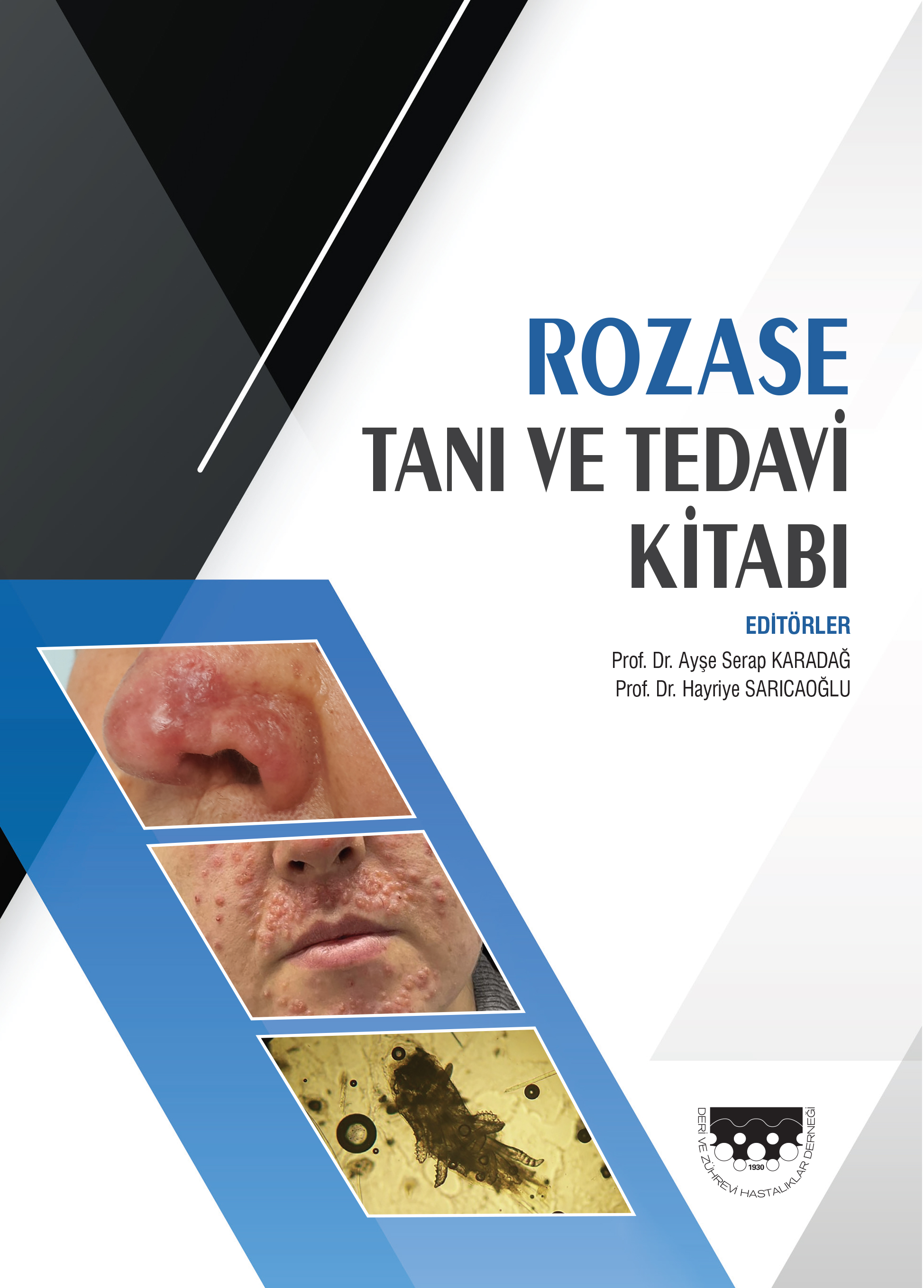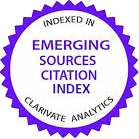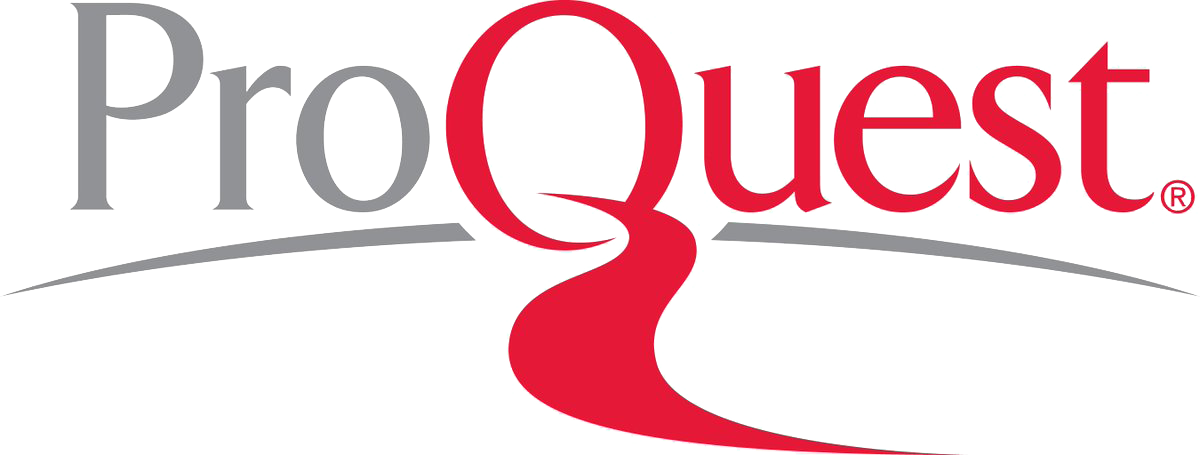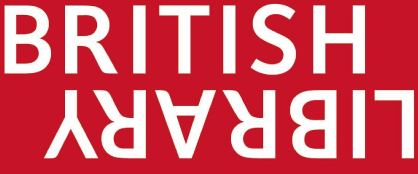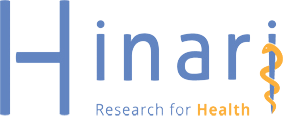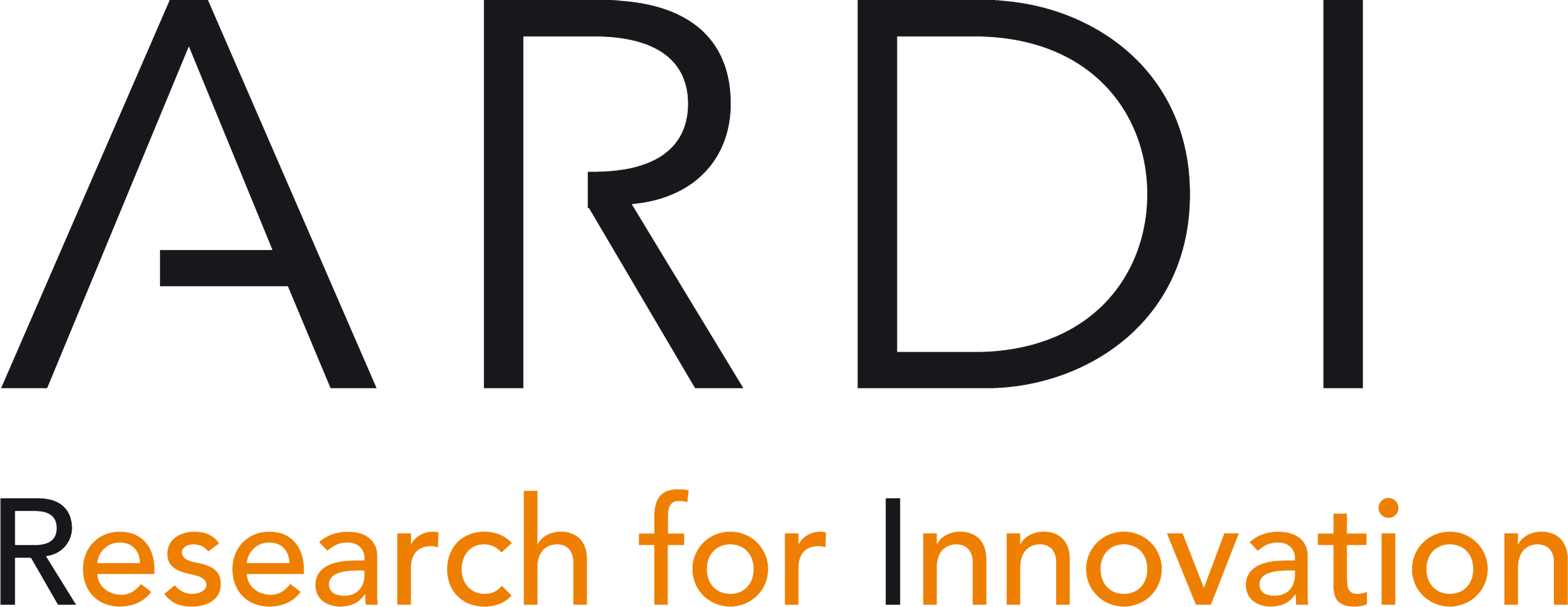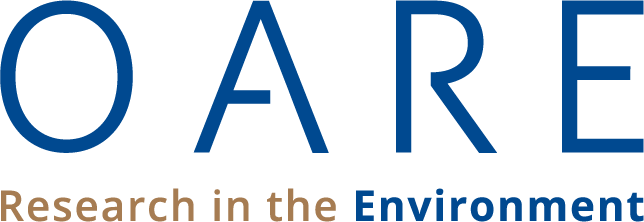Volume: 48 Issue: 1 - 2014
| EDITORIAL | |
| 1. | Editorial Emine Derviş, Mehmet Salih Gürel Page 1 Abstract | |
| REVIEW ARTICLE | |
| 2. | Patient management in dermoscopy Işıl Kılınç Karaarslan doi: 10.4274/turkderm.82956 Pages 2 - 6 Considering the work load in daily practice, its necessary to establish a cost-effective approach in the dermoscopic evaluation for early diagnose of melanoma, which is the primary goal of dermoscopy. In this article, the basic characteristics of patient management strategy in dermoscopy, which are necessary for such an approach, are discussed. |
| ORIGINAL INVESTIGATION | |
| 3. | Clinical and demographical features of autoimmune bullous diseases: A retrospective analysis of 85 patients Ülker Gül, Arzu Kılıç, Seray Külcü Çakmak, Seçil Soylu, Müzeyyen Gönül doi: 10.4274/turkderm.78300 Pages 7 - 12 Objective: Autoimmune bullous dermatoses is a group of diseases that are characterized by the presence of autoantibodies in tissue or blood against spesific cutaneous antigens. The aim of our study is to evaluate the demographical and clinical features of patients with autoimmune bullous diseases that applied to our clinic. Materials and methods: Between the years 2003 and 2011, the patients who applied to our clinic and whom were diagnosed as autoimmune bullous diseases according to clinical, histopathological and immunopathological criteria were evaluated retrospectively. Cases were evaluated according to their sex, ages, the type of autoimmune bullous disease, the onset and localization of lesions, the extensity of involvement, associated diseases, the treatment they were given and the response to the treatment. Results: A total of 85 cases were included in our study. 49 (57.64%) of the patients were female, 36 (42.36%) were male. 57 of cases (67.05%) belonged to pemphigus (P) group and 24 of them (28.23%) to pemphigoid. The ratio of patients with P.vulgaris to the patients with pemphigoid were detected as 3.16. The age range of the onset of the symptoms was between 22 and 82 years old. The chronicity of the lesions was between 2 weeks and 120 months. On follow up, a patient with P.vulgaris was diagnosed as gastric carcinoma. Bone metastasis was detected in one patient with bullous pemphigoid who was operated for breast carcinoma previously. Renal cell carcinoma and lymphoma were detected in other two patients with bullous pemphigoid. All patients responded to therapy except one case. |
| 4. | The etiological evaluation of our patients with chronic urticaria Sakine Işık, Zeynep Arıkan Ayyıldız, Şule Çağlayan Sözmen, Fatih Fırıncı, Pınar Uysal, Özkan Karaman, Nevin Uzuner doi: 10.4274/turkderm.13334 Pages 13 - 16 Background: The etiologies of chronic urticaria (CU) in childhood remains incompletely understood because of limited data in children. In this study, we aimed to examine possible etiologies of CU in children. Methods: Medical records of the 67 children who attended our clinic and were diagnosed with CU between January 2001 and July 2012 were analysed retrospectively. We investigated etiological causes of patients with chronic urticaria, such as otoimmune disorders, malignancies and enfections. Data were presented as mean ± standard deviation (SD) and percent (%). The comparisons between two groups were conducted using the Mann-Whitney U method. p < 0.05 was considered statistically significant. Results: Sixty-seven children who met the criteria for CU were recruited to study. Male/female ratio was 0,5 and mean age of symptoms onset were 10,2 ± 4,6 ( Range 1-17 / year). In 7% of the patients, ANA titers were over 1/100. None of this patients had clinical features of rheumatological disease. Thyroid otoantibodies were positive in 13,7% of the subjects and all of them diagnosed as thyroiditis and received L-thyroxine treatment. Autologous serum skin test was positive in 42,8 % of the subjects (n: 28). Conclusion: In children, infections and foods did not appear to be important causative factors for CU. As in adult, the etiology of CU in children is mainly related to autoreactive processes. This result is similar to previous studies done in Turkısh children with CU. |
| 5. | Adiponectin level in psoriasis and its association with disease severity Seher Bilgili Tutkun, Ülker Gül, Serpil Erdoğan, Arzu Kılıç doi: 10.4274/turkderm.55476 Pages 17 - 20 Objectives Psoriasis is a chronic inflammatory disease in which pathogenesis has not been completely understood yet. Adiponectin(AN) produced by adipocytes has antidiabetic, antiatherogenic and anti-inflammatory effects. Recent studies demonstrated that metabolic syndrome is related with low levels of AN. In literature, a few studies have been found that investigate AN levels in psoriasis. In this study, we purposed to investigate the levels of AN in psoriasis. Materials and Methods: Forty six patients with psoriasis and age and sex matched 40 healthy individuals as a control group were included in our study. Dermatological examinations were performed and psoriasis area severity index (PASI) was calculated. In both groups, demographic features were questioned and body mass index were defined. Serum AN and C-reactive protein (CRP) levels were determined in both groups and were compared statistically. Results: The mean serum AN levels were numerically lower in patients than in control group, but no significant statistical difference was detected between groups. Serum levels of AN were not found to be associated with age, age at onset of disease and disease duration. It was demonstrated that as levels of CRP increased, levels of AN decreased in psoriasis group. As PASI increased, a significant statistically difference was observed in levels of serum AN levels. No statistical difference was detected between PASI and body mass index. Conclusion Serum levels of AN in psoriasis may be an indicator of comorbidities such as metabolic syndrome. Also it can be used for assessing the severity of disease in psoriasis. But, for assessing the role of AN in the pathogenesis of psoriasis and to clarify this association, studies in different clinical models are needed. |
| 6. | Comparison of The Efficacy and Cost Effectiveness of Five Different Diagnostic Methods in Onychomycosis Faruk Erkan, Seval Doğruk Kaçar, Pınar Özuğuz, Gülşah Aşık, Çiğdem Tokyol, Şemsettin Karaca doi: 10.4274/turkderm.36034 Pages 21 - 25 Background and Design: We aimed to compare diagnostic value and cost efficacy of the diagnostic tests in patients with clinical findings that suggest onychomycosis as well as assess the factors that effect these diagnostic tests. Material and Method: The efficiency and cost effectiveness of 5 diagnostic methods in 61 patients. Besides the clinical picture, at least one of the tests should be positive for diagnosis of onychomycosis. Factors possible to effect test results such as demographical data, accompanying systemic diseases, tinea pedis and tinea manum, previous antifungal treatment are recorded. Results: Fifty patients out of 61 diagnosed as onychomycosis by positivity of at least one of the five methods. The success rate of diagnostic methods out of 50 patients were as followed: KOH standart microscopy 34 (68%), 24 hours KOH microscopy 40 (80%), fungal culture 24 (48%), histopathology with PAS 34 (68%) and with GMS 32 (64%). When cost effectiveness is considered 24 hours KOH microscopy testing is the most efficient and the cheapest whereas histopathological tests were the most expensive. Conclusion: 24 hours KOH testing is relatively fast, efficient and cost-effective complementary method that does not depend on another clinician or a laboratory, thus could be preferred more frequently in dermatology practices. |
| 7. | Effects of Narrowband UVB, UVA1 and PUVA Treatments on Dermoscopic Features of Melanocytic Nevi Fulya Karaca, Murat Öztaş, Mehmet Ali Gürer doi: 10.4274/turkderm.78769 Pages 26 - 30 Background and Design: Ultraviolet (UV) radiation can effect dermoscopic features of melanocytic nevi by inducing melanin synthesis or melanocyte proliferation. Although UV radiation has widespread usage in the treatment of several skin diseases, only few studies of its effect on dermoscopic features of melanocytic nevi have been performed to date. The present study was designed to determine the effects of narrowband UVB, UVA1 and psoralen and UVA (PUVA) treatments on dermoscopic features of melanocytic nevi. Material and Method: A total 55 patients who referred to our phototherapy unit for the treatment of miscellaneous skin disorders were enrolled in this prospective study. 21 patients underwent narrowband UVB, 18 patients underwent UVA1 and 16 patients underwent PUVA treatment. Dermoscopic images of 233 nevi in narrowband UVB group, 233 nevi in UVA1 group and 229 nevi in PUVA group were evaluated for the alterations in dermoscopic structures at the end of three months. Total dermoscopic scores (TDS) of melanocytic nevi were calculated according to ABCD rule. Results: The size of melanocytic nevi in all therapy groups did not show any statistically significant increase. Narrowband UVB, UVA1, PUVA cause statistically significant changes in dermoscopic structures of melanocytic nevi. In narrowband UVB therapy group de novo dot formation was documented (p=0,002). The mean TDS of nevi did not show any significant change. Conclusion: Narrowband UVB, UVA1 and PUVA therapies have significant effects on dermoscopic features of melanocytic nevi. Only in narrowband UVB group de novo dot formation was observed. |
| 8. | Efficiency of ablative fractional Er: YAG (Erbium: Yttrium-Aluminum-Garnet) laser treatment of epidermal and dermal benign skin lesions: A retrospective study Erol Koç, Yıldıray Yeniay, Hakan Yeşil, Ercan Çalışkan, Gürol Açıkgöz doi: 10.4274/turkderm.62333 Pages 31 - 38 Background: Er: YAG lasers are precise ablation systems used in the treatment epidermal and dermal benign skin lesions. In this study, we restrospectively analysed efficiency of Er: YAG laser therapy in the treatment of epidermal and dermal benign skin lesions. Materials and Methods: We retrospectively investigated our clinical records of 116 patients treated with Er: YAG laser between April 2011 and April 2013. The clinical records of 103 patients (47 men, 56 women) were included in our study. Of these 103 patients included in the study were xanthelasma, solar lentigo, epidermal nevus, seborrheic keratosis, nevus of ota, syringoma, cafe au lait macules (CALM) and other than these. Treatment parameters, demographic features and before and after photographs of the lesions were investigated from patients records in order to evaluate efficiency of Er: YAG laser therapy. Results: Of these 103 patients included in the study were evaluated in 8 groups, described as xanthelasma (n=21), syringoma (n=17), solar lentigo (n=16), epidermal nevus (n=11), seborrheic keratosis (n=9), nevus of ota (n=5), CALM (n=3) and other than these (n=21). In the Er: YAG laser treatment, the average energy flow was 3-7 J/cm2, the average pulse duration was 300 ms, the average number of passes was 3-5 repeat, and the average pulse frequency was 3-7 Hz. While 4.9% of the patients showed no improvement, 59.2% showed marked improvement, 26.2% showed moderate improvement and 9.7% showed mild improvement. Treatment responses in xanthelasma, syringoma, epidermal nevus, solar lentigo and CALM lesions were statistically significant. Observed side effects were hyperpigmentation in 4 patients, hypopigmentation in 3 patients, hypertrophic scar in 2 patients and persistent erythema in one patient and the treatment was well tolerated by all the patients. Conclusion: Er: YAG laser is an effective and safe treatment option in the treatment of benign skin lesions especially in epidermal lesions. |
| 9. | Effectiveness of Intense Pulsed Light treatment in solar lentigo: a retrospective study İlgen Ertam, Bengü Gerçeker Türk, Işıl Kılınç Karaarslan, İdil Ünal, Sibel Alper doi: 10.4274/turkderm.65148 Pages 39 - 42 Intense Pulsed Light (IPL); is a light system of 500-1200 nm wavelength which is used for the treatment of hair removal, hyperpigmentation, non-ablative skin resurfacing and superficial vascular lesions. The mechanism of action is thought to be the focal epidermal coagulation due to selective photothermolysis in the epidermal keratinocytes and melanocytes. A variety of laser systems can be used in the treatment of lsolar entigo. The aim of this study is to investigate the effectiveness of IPL in solar lentigo. Materials and Methods: The archives of Cosmetology Unit retrospectively reviewed for the patients with the diagnosis of solar lentigo from March 2007 to November 2010. There were 139 files of patients who were diagnosed as solar lentigo clinically and dermoscopically and treated by IPL (L900 a & m IPL). Informed consent was taken from all patients. Among them, 42 patients who had come to controls regularly and had photographed before and after treatment included into the study. Results: A total of 52 lesions of 42 female and 1 male patient included into the study. Patients mean age was 42±9.6 years, ranging between 33 to 88. Of the lesions, 27 lesions(51.9%) were on cheek, 7 lesions (13.5%) were on zygoma, 6 lesions (11.5%) were on chin, 4 lesions (7.7%) were on hands, 4 lesions (7.7%) were on forehead, 2 lesions(3.8%) were on nose, 2 lesions (3.8%) were on forearm. The mean number of sessions was 3.28 ranging between 1 and 7. After treatment, improvement was over 75% in 57,7% lesions, 50-75% in 17.3% of the lesions, 25-50% in 17.3% of the lesions, under 25% in 7.7% of the lesions. Conclusion: According to the results of our work, IPL can be accepted as an effective, cheap and safety method in terms of its side effects in treatment of solar lentigo. |
| CASE REPORT | |
| 10. | Presentation of two cases with periocular cutaneous leishmaniasis leading to ptosis Enver Turan, Yavuz Yeşilova, Yeliz Karakoca Başaran, Ali Akal doi: 10.4274/turkderm.80947 Pages 43 - 46 Leishmaniasis is a parasitic disease caused by flagellate protozoan of the genus Leishmania that are transmitted to humans through sand fly bites. The disease is a major health problem in our country as in many regions in the world. Although the disease is more often seen in children, it could affect any age group. The lesions usually occur on the exposed areas of the body such as face, neck, hands, arms and lower legs. Also, it could be seen in other areas of the body such as scalp, trunk, eyelids and, penis. Eyelid involvement is not common because, the eyelid is moving and so female phlebotomine sandfly probably could not freely touch down. We present two cases diagnosed cutaneous leishmaniasis on the basis of clinical and laboratory findings and we want to take attention if palpebral lesions are not treated early, they can lead to the dysfunction of palpebrae along with the cosmetic problems. |
| 11. | Kikuchi disease and systemic lupus erythematosus: a case report Mustafa Özmen, Nuri Nazif Altıner, Füsun Topçugil, Murat Ermete, Sakine Leyla Aslan doi: 10.4274/turkderm.55453 Pages 47 - 50 Kikuchi disease (KD), is a rare, benign and self-limited condition characterized by fever, cervical lymphadenopathy and leukopenia. Differential diagnosis of KD from systemic lupus erythematosus (SLE), tuberculosis and lymphoma should be performed because of having similar clinical and histological features and entirely different treatment and prognosis. KD and SLE may present together. In this case report we present a female patient with the diagnosis of KD and SLE simultaneously. |
| 12. | Vulvar cicatricial pemphigoid of childhood: a case report Aslı Günaydın, Bengü Gerçeker Türk, Gülşen Kandiloğlu, Tuğrul Dereli doi: 10.4274/turkderm.92603 Pages 51 - 53 Summary Vulvar cicatricial pemphigoid is a rare variant of bullous pemphigoid, which is characterized by isolated and localized vulvar involvement observed in childhood. The typical clinical finding is the vulvar erosive lesions healing with scar formation. Ocular involvement may be associated with the vulvar disease or may develop during the follow-up. On histopathologic examination of the lesions, subepidermal blister and on direct immunofluorescence study linear deposition of Ig G and C3 are observed. In the differential diagnosis, lichen sclerosus and sexual abuse are the primary diseases which should be considered at first. Topical and systemic steroids and dapson are the main treatment options. Ophthalmological examination and follow up should be repeated on every six months for ocular involvement. Here, we report development of vulvar cicatricial pemphigoid in a 11-year-old girl with clinical and histopathological findings. |
| 13. | A case of imatinib-induced erythrodermia Işıl Bulur, Zeynep Nurhan Saraçoğlu, Emine Böyük, Funda Canaz doi: 10.4274/turkderm.02223 Pages 54 - 56 Imatinib is the first molecularly targeted drug developed for the treatment of chronic myeloid leukemia (CML). Adverse cutaneous reactions induced by imatinib are frequent and generally moderate. On the other hand, imatinib-induced erythroderma is an uncommon reaction, and only a few cases have been reported in the literature. In this paper, we report a case of erythrodermia induced by imatinib in a patient with CML. |
| WHAT IS YOUR DIAGNOSIS? | |
| 14. | Tanınız Nedir? Neslihan Çınar, Aslı Hapa, Gonca Elçin, Arzu SağlamPages 57 - 58 |
| NEW PUBLICATIONS | |
| 15. | The Melanocytic Proliferation Page 59 Abstract | |


